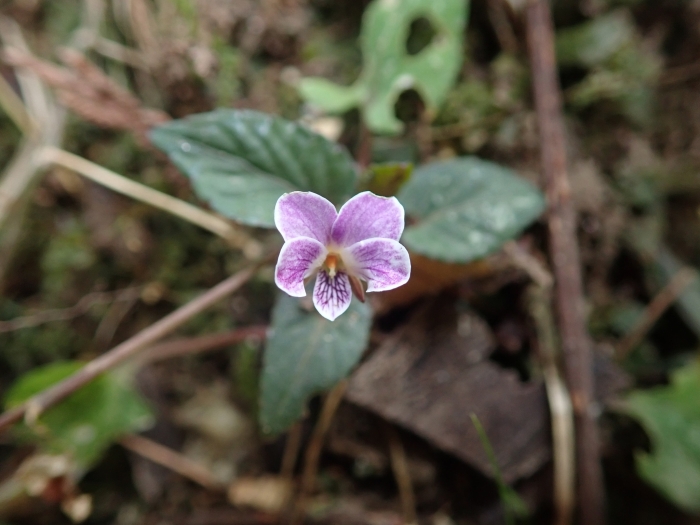Hamilton’s Violet
(Viola hamiltoniana)
Hamilton’s Violet (Viola hamiltoniana)
/
/

© Daniel Cahen
CC BY 4.0
Image By:
© Daniel Cahen
Recorded By:
Copyright:
CC BY 4.0
Copyright Notice:
Photo by: © Daniel Cahen | License Type: CC BY 4.0 | License URL: http://creativecommons.org/licenses/by/4.0/ | Uploader: danielcahen | Publisher: iNaturalist |








Estimated Native Range
Summary
Viola hamiltoniana, commonly known as Hamilton’s Violet or Woolly Violet, is a perennial herb native to the montane and subalpine forest understorey of East and Southeast Asia. It exhibits a moderate growth rate, reaching heights of 0.2-0.3 feet (0.06-0.1 meters) and spreading 0.1-0.2 feet (0.03-0.1 meters). The plant is characterized by its woolly leaves and stems, and it produces blue or purple flowers that are quite showy, blooming profusely in the spring and summer months.
Hamilton’s Violet is valued for its attractive flowers and its ability to thrive in shaded conditions, making it an excellent choice for woodland gardens, shaded borders, and as a ground cover in cooler climates. It requires well-drained, humus-rich loam soil and consistent moisture, though it is relatively drought-tolerant once established. Gardeners should be aware that it can be sensitive to overwatering and root rot. While it is not known for serious pest or disease issues, slugs and snails can sometimes be a problem.CC BY-SA 4.0
Hamilton’s Violet is valued for its attractive flowers and its ability to thrive in shaded conditions, making it an excellent choice for woodland gardens, shaded borders, and as a ground cover in cooler climates. It requires well-drained, humus-rich loam soil and consistent moisture, though it is relatively drought-tolerant once established. Gardeners should be aware that it can be sensitive to overwatering and root rot. While it is not known for serious pest or disease issues, slugs and snails can sometimes be a problem.CC BY-SA 4.0
Plant Description
- Plant Type:
- Height: 0.2-0.3 feet
- Width: 0.1-0.2 feet
- Growth Rate: Moderate
- Flower Color: Blue, Purple
- Flowering Season: Spring, Summer
- Leaf Retention: Deciduous
Growth Requirements
- Sun: Part Shade, Full Shade
- Water: Medium
- Drainage: Medium
Common Uses
Butterfly Garden, Low Maintenance, Water Garden
Natural Habitat
native to the montane and subalpine forest understorey of East and Southeast Asia
Other Names
Common Names: Woolly Violet
Scientific Names: Viola hamiltoniana , Viola alata , Viola alata , Viola alata subsp. verecunda , Viola amurica subsp. verecunda , Viola arcuata , Viola arcuata f. radicans , Viola arcuata subsp. asicans , Viola arcuata subsp. verecunda , Viola arcuata subsp. verecunda
GBIF Accepted Name: